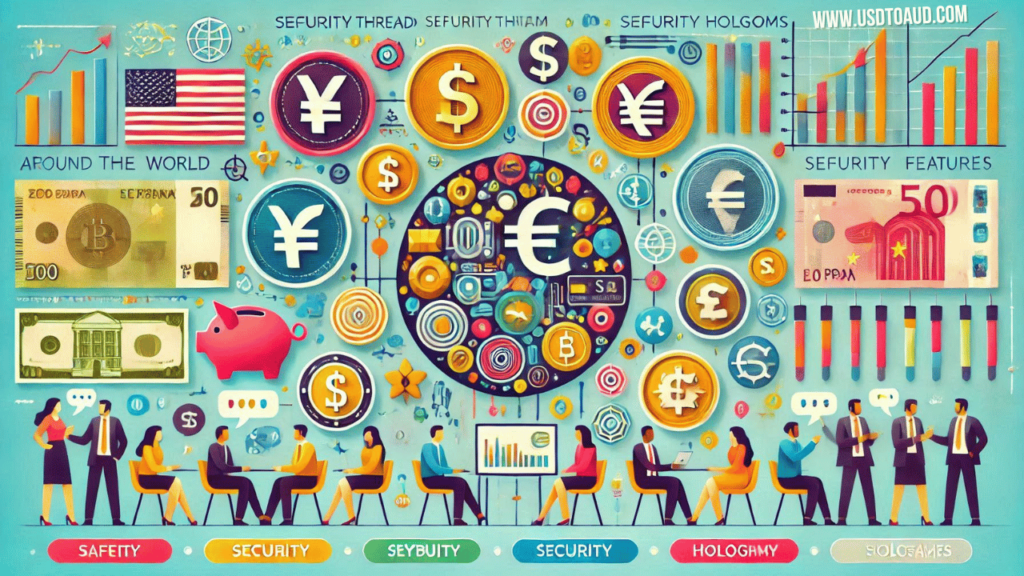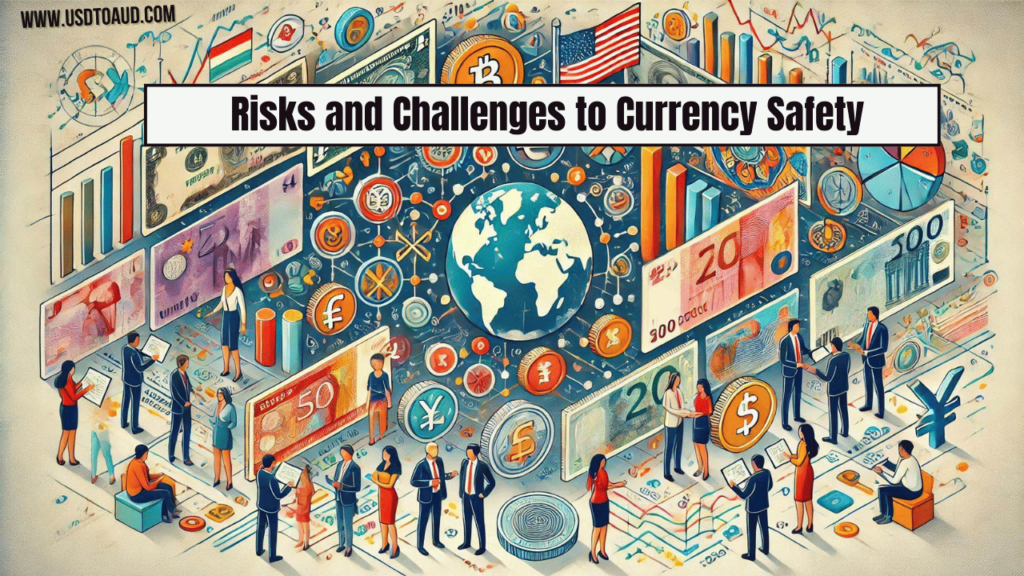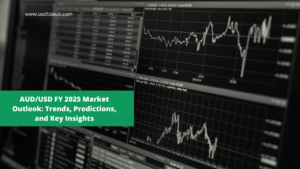Currencies serve as the backbone of global economies, facilitating trade, investment, and economic stability. However, not all currencies are created equal in terms of safety, reliability, and stability. A “safe” currency is one that exhibits resilience against inflation, economic downturns, and geopolitical uncertainties.
This article explores the concept of safe currencies, factors that determine their safety, and the top contenders for the title of the safest currency in the world.
Currency Safety
Currency safety refers to the stability and reliability of a currency in terms of its purchasing power and value retention over time. A safe currency is trusted both domestically and internationally for storing wealth, conducting transactions, and investing.
Factors Determining Currency Safety
- Economic Stability
Strong economies with robust industries and low unemployment rates often produce safe currencies. - Low Inflation Rates
Stable currencies maintain purchasing power due to controlled inflation levels. - Political Stability
Countries with stable governments inspire confidence in their currencies. - Central Bank Policies
Effective monetary policies and reserve management ensure currency stability. - Reserve Currency Status
Currencies held in significant quantities by central banks worldwide (e.g., USD, EUR) are often deemed safer.
Characteristics of a Safe Currency
Safe currencies typically exhibit the following characteristics:
| Characteristic | Description |
|---|---|
| Low Volatility | Minimal fluctuations in exchange rates. |
| High Liquidity | Easy to exchange and widely accepted in global markets. |
| International Trust | Used in global trade and as a reserve by central banks. |
| Economic Backing | Backed by a stable and productive economy. |
| Advanced Security Features | Sophisticated measures to prevent counterfeiting. |

Top Safe Currencies in the World
1. United States Dollar (USD)
The USD is the world’s primary reserve currency and is often referred to as the most reliable currency. It is backed by the United States’ strong economy, political stability, and the Federal Reserve’s effective monetary policies.
Why the USD is Safe
- Reserve Currency Status: Over 60% of global reserves are held in USD.
- Global Acceptance: Widely used in international trade and financial transactions.
- Economic Scale: Supported by the world’s largest economy.
| Metric | Details |
|---|---|
| Global Reserve Share | ~60% |
| Inflation Rate | ~2% (target by the Fed) |
| Liquidity | Extremely high |
2. Euro (EUR)
The Euro, used by 20 European Union member countries, is the second most traded and held currency globally. It benefits from the collective economic strength of the Eurozone.
Why the EUR is Safe
- Diverse Economic Base: Supported by multiple developed economies.
- ECB Policies: The European Central Bank ensures stability.
- Wide Usage: Used by over 340 million people daily.
| Metric | Details |
|---|---|
| Global Reserve Share | ~20% |
| Inflation Rate | Varies by member state |
| Liquidity | High |
3. Swiss Franc (CHF)
The Swiss Franc is widely regarded as a safe haven currency due to Switzerland’s neutrality, political stability, and strong financial sector.
Why the CHF is Safe
- Stable Economy: Switzerland has a strong banking system and minimal public debt.
- Political Neutrality: Its non-aligned stance reduces exposure to geopolitical risks.
- Low Inflation: Consistently low inflation rates maintain value.
| Metric | Details |
|---|---|
| Global Reserve Share | ~2% |
| Inflation Rate | ~0.6% (historical average) |
| Liquidity | Moderate |
4. Japanese Yen (JPY)
The Yen is Asia’s most stable currency, supported by Japan’s strong economy and conservative monetary policies.
Why the JPY is Safe
- Economic Strength: Third-largest economy globally by GDP.
- Low Interest Rates: Promotes stability in bond and currency markets.
- Geopolitical Influence: Acts as a regional stabilizer.
| Metric | Details |
|---|---|
| Global Reserve Share | ~6% |
| Inflation Rate | ~1% |
| Liquidity | High |
5. British Pound Sterling (GBP)
The Pound is one of the oldest and most traded currencies, backed by the UK’s stable financial system.
Why the GBP is Safe
- Strong Financial Sector: London is a global financial hub.
- Historical Trust: Centuries of use in international trade.
- Political Stability: Despite Brexit, the UK remains influential.
| Metric | Details |
|---|---|
| Global Reserve Share | ~5% |
| Inflation Rate | ~2% (target) |
| Liquidity | High |
Emerging Safe Currencies
While traditional safe currencies dominate, certain emerging currencies show promise.
| Currency | Country | Reason for Prominence |
|---|---|---|
| Singapore Dollar (SGD) | Singapore | Robust economy, strong financial policies. |
| Norwegian Krone (NOK) | Norway | Oil-backed economy, low public debt. |
| Canadian Dollar (CAD) | Canada | Commodity-rich economy, political stability. |
Comparing Safe Currencies
| Currency | Reserve Share | Inflation Rate | Liquidity | Economic Strength |
|---|---|---|---|---|
| USD | ~60% | ~2% | Very High | World’s Largest Economy |
| EUR | ~20% | Varies | High | Collective EU Strength |
| CHF | ~2% | ~0.6% | Moderate | Strong Banking Sector |
| JPY | ~6% | ~1% | High | Third-Largest Economy |
| GBP | ~5% | ~2% | High | Historical Stability |
Risks and Challenges to Currency Safety
No currency is entirely risk-free. Factors like economic crises, geopolitical tensions, and natural disasters can affect even the safest currencies.
Common Risks
- Inflation: Uncontrolled inflation erodes purchasing power.
- Geopolitical Instability: Wars, sanctions, and political unrest destabilize currencies.
- Economic Dependence: Heavy reliance on exports or specific industries can create vulnerabilities.

Conclusion
Determining the “most safe” currency depends on the context—whether it’s for savings, investment, or global trade. The United States Dollar (USD) stands out due to its global reserve currency status, high liquidity, and trust. However, other currencies like the Euro (EUR), Swiss Franc (CHF), Japanese Yen (JPY), and British Pound (GBP) also offer significant safety due to their economic backing and global acceptance.
Investors and individuals must consider factors like inflation, exchange rate stability, and the issuing country’s economic and political conditions when choosing a currency for safety. Diversification across multiple safe currencies is often the best strategy for minimizing risk.
FAQs
1. Which currency is the safest for long-term savings?
The Swiss Franc (CHF) is often considered the safest for long-term savings due to Switzerland’s low inflation and economic stability.
2. Why is the USD called a “safe haven”?
The USD is considered a safe haven because of its widespread use in global trade, high liquidity, and backing by the world’s largest economy.
3. Are emerging market currencies safe?
While some emerging market currencies show promise, they generally lack the stability and trust associated with established safe currencies.
4. Can cryptocurrencies be considered safe currencies?
Cryptocurrencies are highly volatile and lack the backing of central authorities, making them unsuitable for classification as safe currencies.
5. How can one protect against currency risks?
Diversifying investments across multiple stable currencies and assets can help mitigate currency risks.

















